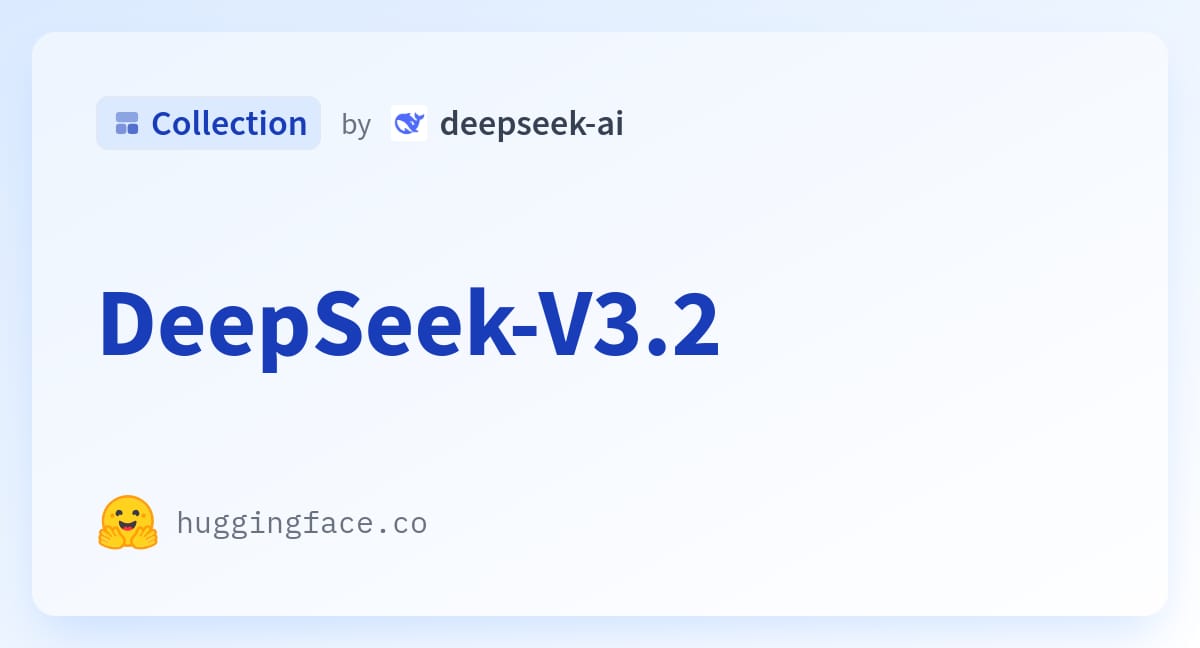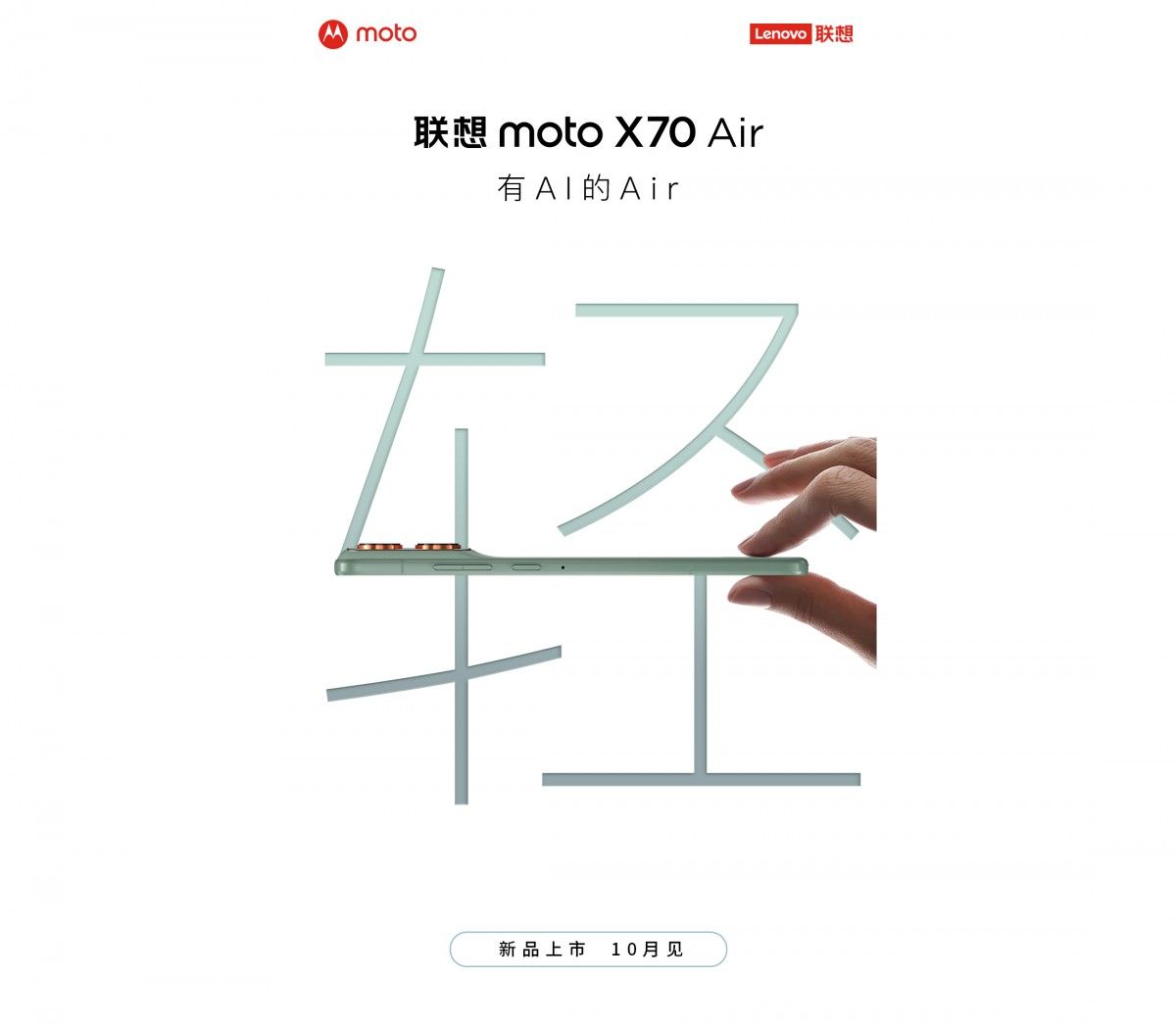- Tech Barista
- Posts
- DeepSeek launches faster cheaper AI model
DeepSeek launches faster cheaper AI model
The V3.1 Exp update debuts sparse attention slashes costs and leans on Huawei chips as a step toward the company’s next big architecture
☕ Good morning,
Something is refreshing about watching companies compete on actually solving problems rather than just adding features.
DeepSeek slashing prices while improving efficiency, YouTube trying to make music listening feel more human - these are the kinds of improvements that compound over time into something genuinely useful.
—Here’s to the first sip.
TOOL BAR
TODAY IN AI
DeepSeek teases next-gen AI with new update

Image: HiggingFace
DeepSeek is back with another experimental update, and this time it’s all about efficiency. The Chinese startup dropped its new model, DeepSeek-V3.1-Exp, calling it a stepping stone toward its next big AI architecture. The headline feature is something they’re calling DeepSeek Sparse Attention (DSA), which is supposed to make handling long text sequences faster and smarter.
They’re also playing the pricing game, cutting costs in half to bring in more users, just as competition in China’s AI scene heats up. And with Huawei stepping in to support the new model on its AI chips, DeepSeek is making sure it stays tied to the country’s homegrown hardware ecosystem.
On the technical side, the model supports FP8, a lighter-weight way of crunching numbers that trades a bit of precision for speed and efficiency, while also working toward BF16, which is more accurate for training. It’s all part of their push to squeeze better performance out of limited hardware while keeping the model scalable.
TECH BARISTA
YouTube Music tests AI hosts

Image: YouTube
YouTube Music is trying out something new, AI hosts that don’t just play your songs but also talk to you about them. Think stories behind the track, bits of fan trivia, and commentary that makes listening feel more alive.
It’s basically YouTube’s take on Spotify’s AI DJ, but they’re testing it through YouTube Labs, their new space for AI experiments. Anyone can sign up, though only a handful of US users will get access right now.
This comes after YouTube’s been pushing more AI tools like conversational radio where you describe what you want to hear, or AI features that help creators make Shorts and summarize videos. At the same time, they’re cracking down on low-effort AI spam, so it’s a mix of building cool new stuff while keeping the platform clean.
If it works, your music app might start feeling less like a playlist and more like a friend who always has something interesting to say about the songs you love.
PRESENTED BY GO TO MILLIONS
Your boss will think you’re a genius
If you’re optimizing for growth, you need ecomm tactics that actually work. Not mushy strategies.
Go-to-Millions is the ecommerce growth newsletter from Ari Murray, packed with tactical insights, smart creative, and marketing that drives revenue.
Every issue is built for operators: clear, punchy, and grounded in what’s working, from product strategy to paid media to conversion lifts.
Subscribe for free and get your next growth unlock delivered weekly.
GADGETS BARISTA
Moto X70 Air teased as ultra-thin flagship

Motorola is gearing up to join the thin-phone race with its upcoming Moto X70 Air, teased as the brand’s sleekest device yet. The teaser highlights its ultra-slim profile, clearly aiming to compete with the likes of the Galaxy S25 Edge, iPhone Air, and Tecno’s new Slim models.
Rumors suggest the X70 Air will be powered by Qualcomm’s Snapdragon 8 Gen 5, with Motorola confirmed as an early launch partner for the chip. While details are still scarce, the phone is expected to launch in China under the X series before the end of October, with a possible global release under the Edge branding.
STARTUP BAR
Polars raises €18M to take on Spark

Image: Polars/TechCrunch
Polars began as a Rust side project to fix Pandas’ speed issues. Now it’s raised €18M ($21M) to scale into something much bigger. The company has already launched Polars Cloud and is building Polars Distributed, an engine that can handle petabytes of data and compete with Apache Spark.
The goal is to bridge the gap between Pandas and Spark fast enough for small datasets, but powerful enough for enterprise-scale workloads. Already used in finance, life sciences, and logistics, Polars now wants to become a core part of data infrastructure.


